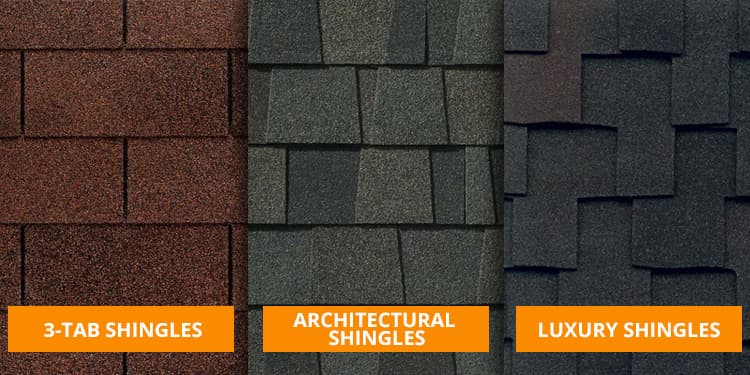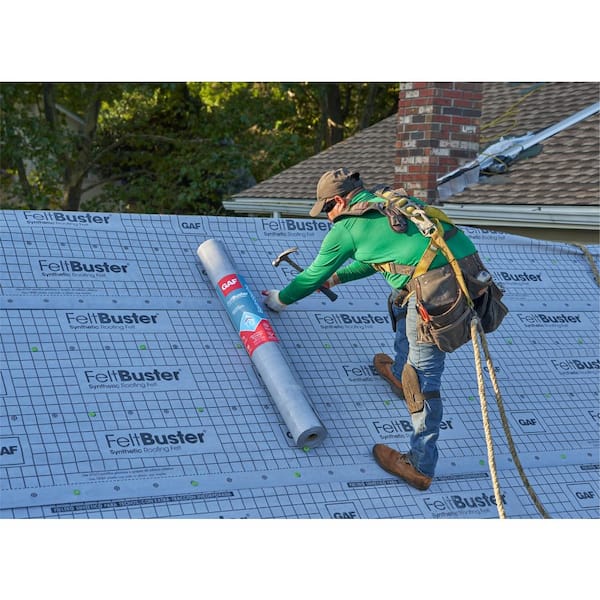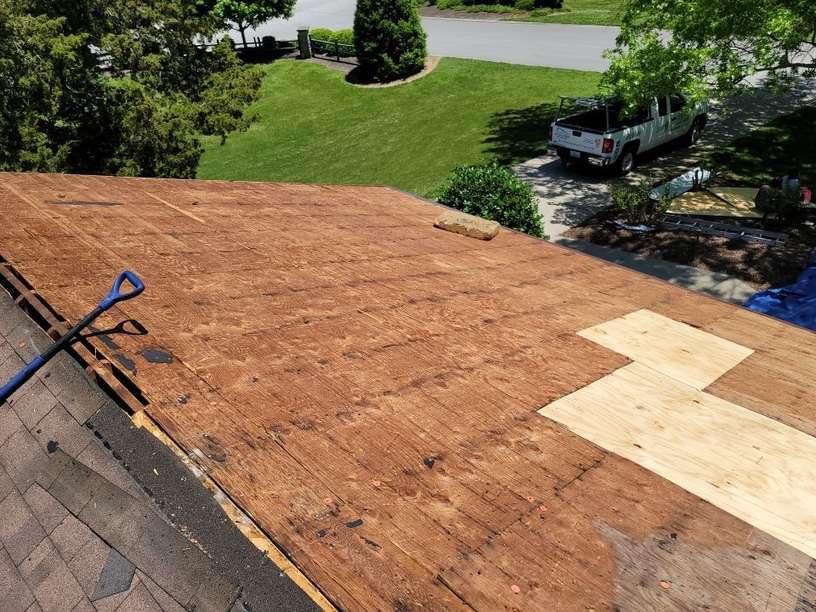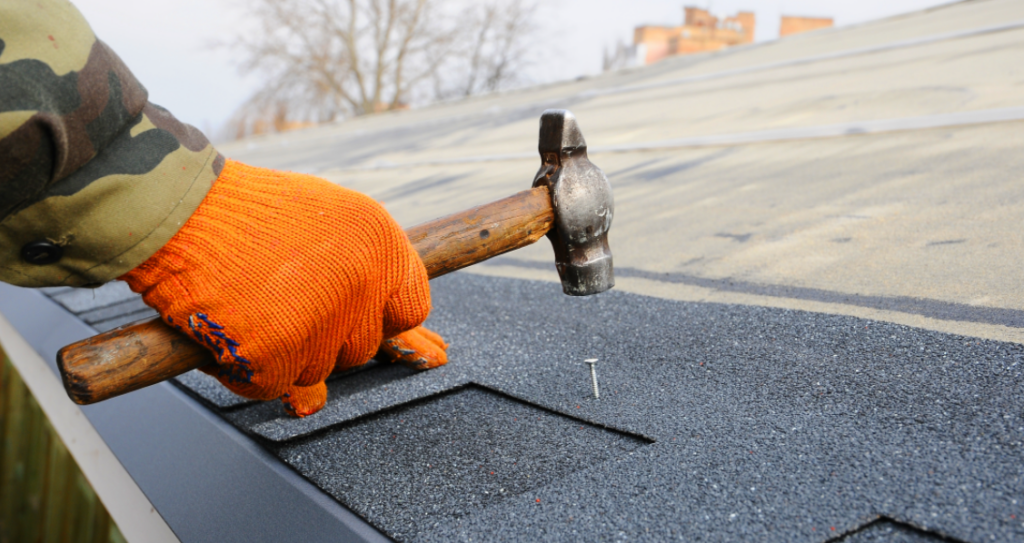
Components of a roof
Understanding the Components of a Shingle Roof
When you look at a house with a shingle roof, you might see just an attractive and protective covering, but there’s a lot more going on underneath the surface. A shingle roof is made up of several key components that work together to keep your home safe, dry, and insulated from the elements. Its important to know the components of a roof because roofers will sometimes reuse some of the components to save money. You should be replacing everything on your roof when you replace the most expensive component of your home. Here's a breakdown of all the parts that make up a typical shingle roof and their functions.
1. Shingles
The most obvious component of any shingle roof, shingles are the protective layer that covers your entire roof. Made from materials like asphalt, wood, or composite materials, shingles are arranged in an overlapping pattern to prevent water from seeping through. Asphalt shingles are the most common choice due to their durability, affordability, and wide range of colors and styles.
Three-Tab Shingles: These are the most traditional and cost-effective option, with a flat, uniform look.
Architectural Shingles: Also known as dimensional shingles, these are thicker and have a more textured, layered appearance, often providing greater durability and a higher-quality look.
Designer Shingles: A premium option that mimics the appearance of more expensive roofing materials like slate or wood.

2. Underlayment

Beneath the shingles lies the underlayment, a crucial component that provides an additional layer of protection against moisture. This is typically a synthetic material or felt paper, and it acts as a secondary barrier to prevent water from infiltrating the roof deck. Underlayment also helps the shingles to adhere better, offering a smooth surface that enhances their longevity.
Synthetic Underlayment: Made from polymer-based materials, these are more durable and resistant to UV degradation compared to felt paper.
Felt Underlayment: Traditional roofing felt, often made from fiberglass or paper, is coated with asphalt to make it water-resistant.
3. Roof Deck

The roof deck is the structural base of the roof that supports all the other components. Made from materials like plywood, oriented strand board (OSB), or metal, the roof deck provides a solid surface onto which the underlayment and shingles are attached. It plays a crucial role in ensuring the roof’s stability and its ability to withstand various weather conditions.
4. Roof Flashing

Flashing is a thin metal material used around roof features like chimneys, vents, skylights, and valleys to prevent water from seeping through the joints or intersections. Flashing ensures water flows off the roof, directing it away from potential weak spots where leaks could occur. It is often made from aluminum, copper, or galvanized steel and is an essential component for long-term roof performance.
5. Ridge Cap Shingles
Ridge cap shingles are designed specifically to cover the roof’s ridge—the peak where two slopes meet. These specialized shingles are installed in a row along the top of the roof, providing additional protection from wind, rain, and snow. They are usually made from the same material as the rest of the shingles but are shaped to fit the unique profile of the roof's ridge.
6. Starter Shingles

Starter shingles are installed at the edges of the roof, beneath the first row of regular shingles. They help seal the roof and prevent wind from lifting the shingles, which is especially important in areas with strong winds. Starter shingles also offer better water resistance at the edges, which are vulnerable to leaks.
7. Ventilation System

A roof’s ventilation system is vital for maintaining temperature balance and preventing moisture buildup in the attic. Roof ventilation is commonly re-used by roofers trying to cut costs, but should be replaced during a roof replacement. Ventilation components include:
Ridge Vents: Installed along the roof’s ridge, these vents allow hot air to escape from the attic.
Soffit Vents: Located under the eaves, soffit vents allow fresh air to enter the attic, helping to create airflow and prevent heat buildup.
Gable Vents and Turbine Vents: Additional options for promoting air circulation, especially in larger homes or attics.
Gas Ventilation: Allows your gas water heater, furnace, or fireplace to safely vent to the exterior.
Plumbing Ventilation: Your plumbing is typically vented on your roof. Plumbing vents have a rubber boot that will dry rot overtime and will need to be replaced every 5-10 years.
Proper ventilation prevents mold growth and ice dams in colder climates while enhancing energy efficiency.
8. Ice and Water Shield

In areas prone to freezing temperatures, an ice and water shield is often applied to the eaves and valleys of the roof. This special waterproof membrane helps prevent ice dams, which can occur when melting snow refreezes at the roof's edge. The shield also serves as an added layer of protection against leaks caused by wind-driven rain.
9. Nails and Fasteners

Nails and fasteners are used to secure the shingles, underlayment, and flashing to the roof deck. Roofing nails are typically made from galvanized steel to resist corrosion and ensure that the roof components stay in place over time. Proper installation is essential, as incorrectly placed nails can cause shingles to lift or become loose.
10. Soffit and Fascia

An exterior soffit is located on the span beneath the rafter tails, while the fascia is the exposed horizontal band you see at the end of the rafters.
Conclusion
A shingle roof is more than just a layer of material on top of your house—it’s a carefully designed system that protects your home from the elements and enhances its overall energy efficiency. Each component, from the shingles themselves to the underlayment and ventilation system, works together to keep your roof durable, functional, and looking great for years to come. Whether you’re installing a new roof or maintaining an existing one, understanding these components can help you make informed decisions about your roofing needs. If your needing a roof inspection, or your last roofer re-used components they should have replaced give us a call or text at 225-777-6711.